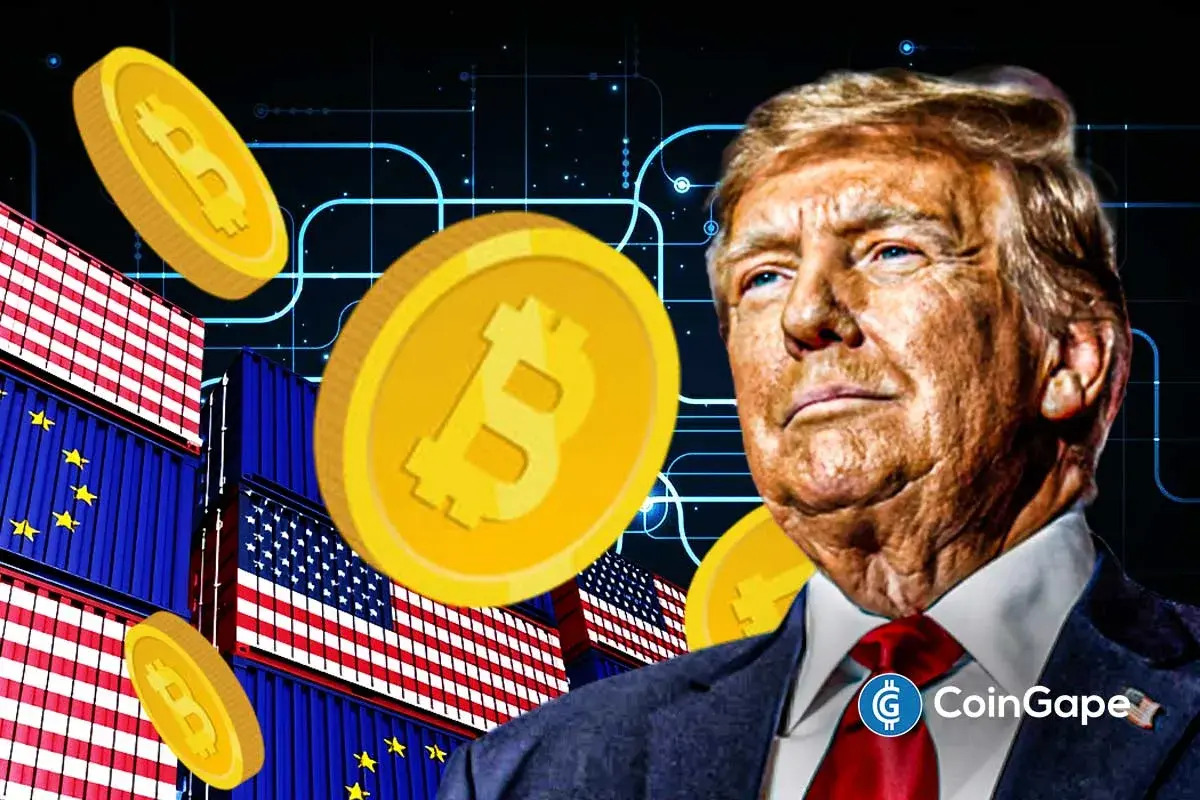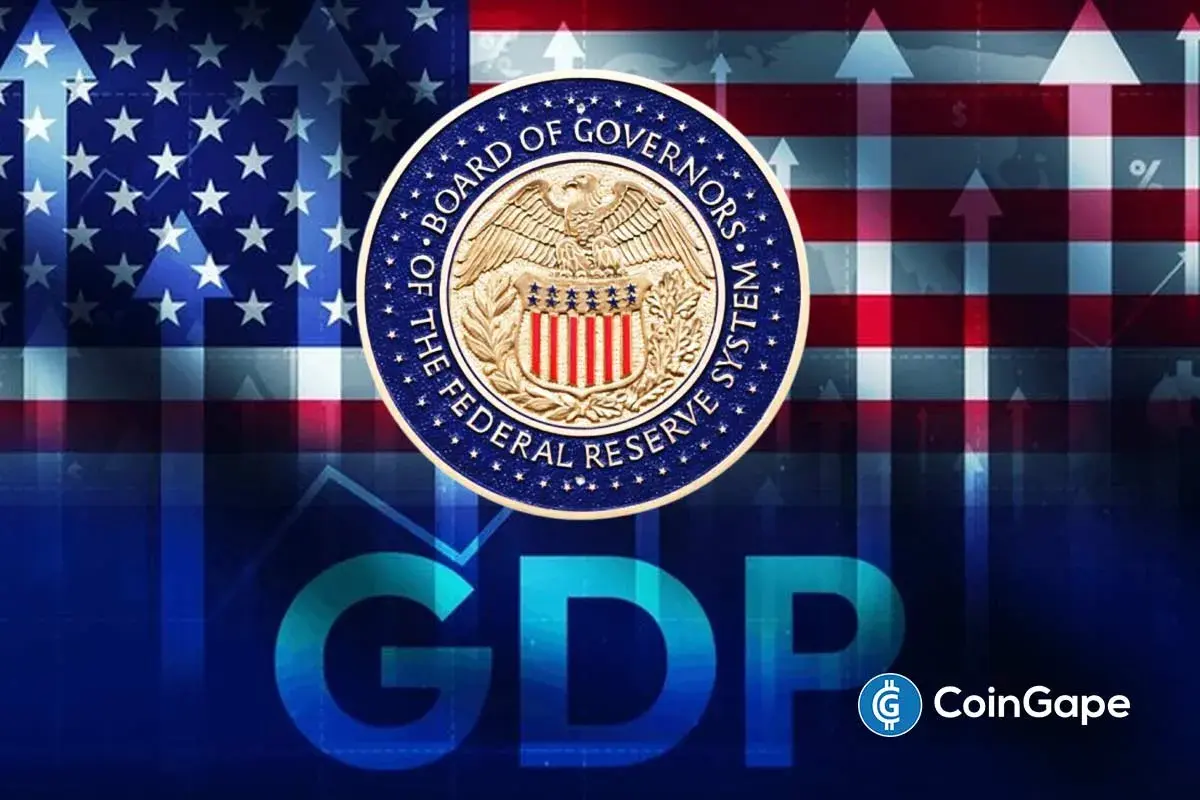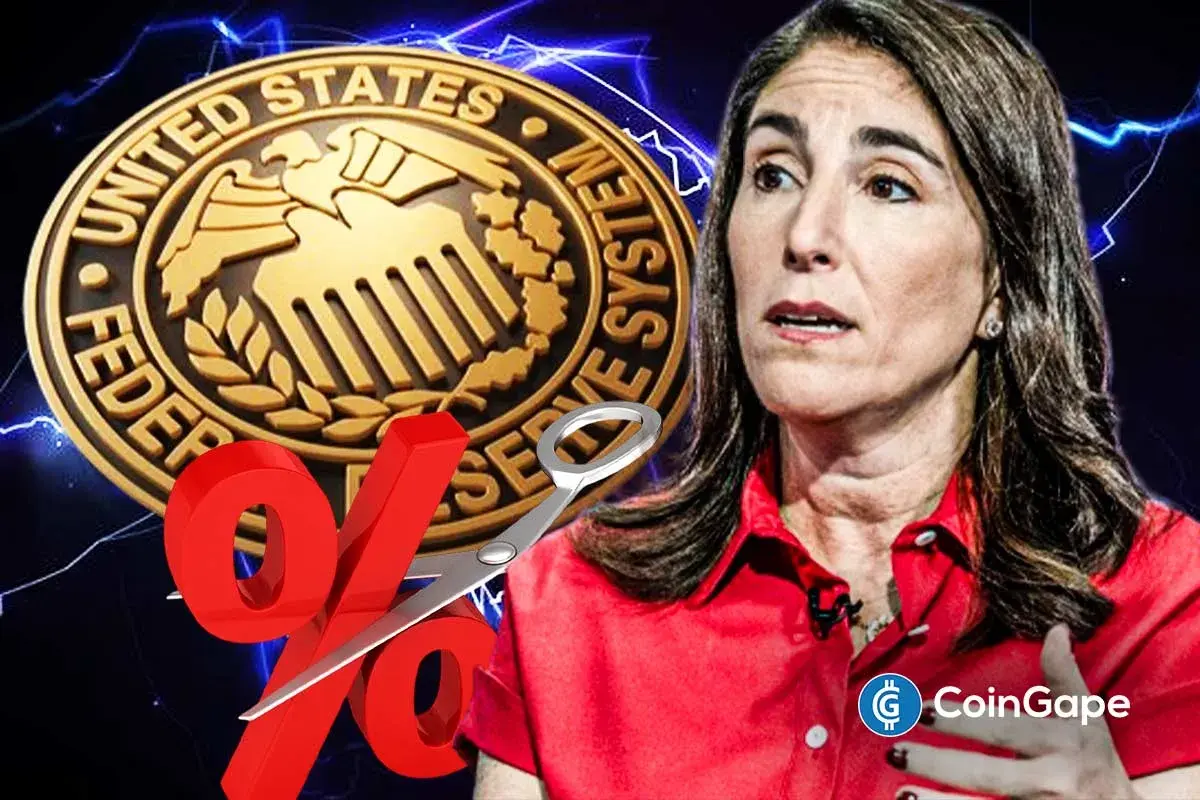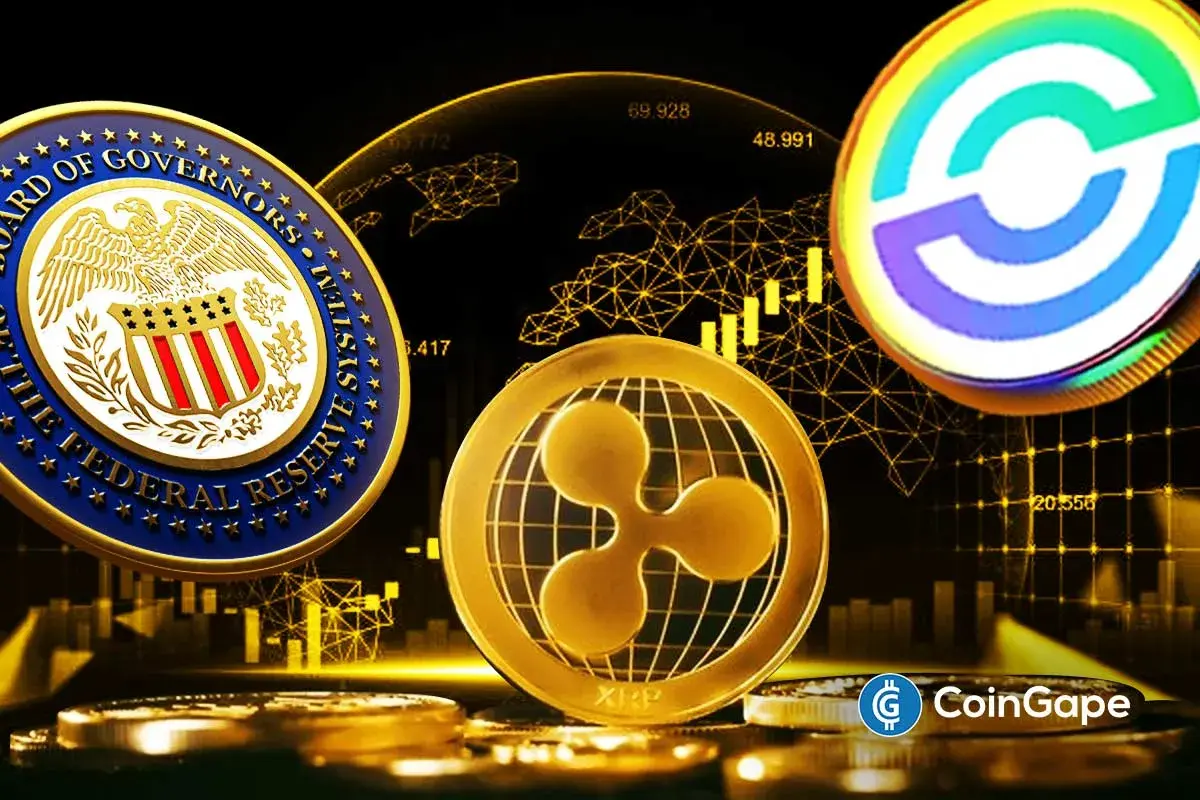Fed Rate Cut View Shifts to September: 3 Factors That Support the Delay

Highlights
- The view around the Fed rate cut has been shifting ever since the year started.
- In March 2024, the US economy added 303K jobs, the most in 10 months.
- The Federal Reserve chairman, Jerome Powell, has previously expressed doubts about the imminence of a recession in the US economy.
The view around the Fed rate cut has been shifting ever since the year started. Back in December of 2023, markets were betting that the Federal Reserve would at least make three rate cuts with the earliest starting in March. However, as the market attempts to process inflation and other economic considerations, the trajectory has only been delayed.
Here are three factors that currently support the Fed’s delayed rate cut view:
US Jobs Data for March
In March 2024, the US economy added 303K jobs, the most in 10 months, compared to market projections of 200K and a downwardly revised 270K in February. This indicates that the economy is still strong. The unemployment rate decreased from 3.9% to 3.8%, missing market expectations as well. This suggests that the US labor market is still robust enough to support rate cuts by the Fed and buys them more time.
The data made market participants believe that instead of June, the Fed might want to cut rates in September now.
The US Economy Standpoint
Some investors believe that there is little chance of inflation rising again. This is because the US economy has steadied to the point where further growth is feasible without hurting the economy. This is demonstrated by the rise of employment and income, which gave a mixed signal regarding the Fed rate cut view. The pressure that typically arises when people are unable to purchase trickles down in such circumstances.
The Federal Reserve chairman, Jerome Powell, has previously expressed doubts about the imminence of a recession in the US economy. He did, however, note that it is challenging to forecast when the central bank may lower interest rates. Fed’s current view stands at supporting the current economy because of the uncertainties surrounding future inflationary developments.
Previous CPI and PPI Data
The numbers from the PPI and CPI for February indicated that inflation is more than what the market had anticipated. Wholesale inflation peaked in February, according to US PPI inflation statistics from the Bureau of Labor Statistics. Instead of the 0.3% that economists had predicted, the PPI index, which gauges the price at which raw materials are sold on the open market, reported 0.6% in February. By contrast, there was an additional 0.3% gain in January.
The numbers for March are scheduled to be released next week, making it an extremely important time. Data points that will be released next week will have crypto investors monitor them closely to see what the future of Fed rate cuts is going to be.
- Peter Schiff Warns Bitcoin Could Mirror Silver’s Rise In Reverse
- Trump Declares Tariffs Creating “Great Wealth” as Fed Rate Cut Odds Collapse to 14%
- Grok AI: Post-2020 Gold & Silver Peak Sparked Epic Gains in BTC, NASDAQ, and S&P
- Fed Pumps $2.5B Overnight—Will Crypto Market React?
- Crypto-Based Tokenized Commodities Near $4B Milestone as Gold and Silver Hit Record Highs
- Pi Network Price Holds $0.20 After 8.7M PI Unlock, 19M KYC Milestone-What’s Next?
- XRP Price Prediction Ahead of US Strategic Crypto Reserve
- Ethereum Price Prediction Ahead of the 2026 Glamsterdam Scaling Upgrade – Is $5,000 Back in Play?
- Cardano Price Eyes a 40% Surge as Key DeFi Metrics Soar After Midnight Token Launch
- FUNToken Price Surges After MEXC Lists $FUN/USDC Pair
- Bitcoin Price on Edge as $24B Options Expire on Boxing Day — Is $80K About to Crack?

 Claim $500
Claim $500














